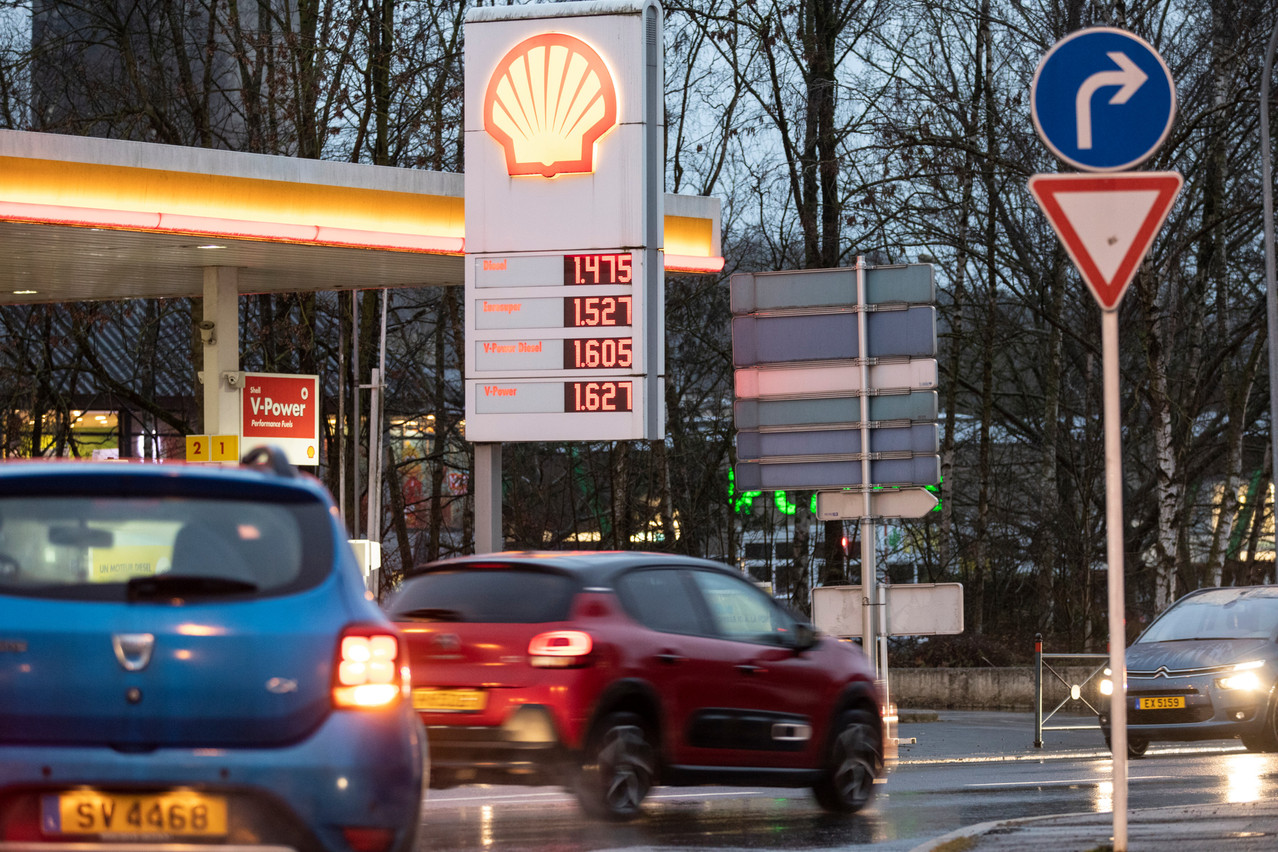Following the start of the war in Ukraine, energy prices have risen all over Europe while governments have stepped on the gas to transition away from dependence on Russian fossil fuels.
The immediate effect of these developments has seen the annual inflation rate in the euro area--comprised of the 19 countries which have adopted the euro currency--go from 5.1% in January 2022 to 7.4% in April and an estimated 8.1% for May. The annual inflation rate represents the change in the price level of consumer goods between the current month and the same month of the previous year.
Energy prices have contributed the most to inflation while also having considerable knock-on effects on multiple sectors of economic activity. Eurostat estimates that energy prices’ annual inflation rate for the euro area will be the highest in May (39.2% compared with 37.5% in April), followed by food, alcohol and tobacco (7.5% compared with 6.3% in April), non-energy industrial goods (4.2% compared with 3.8% in April) and services (3.5% compared with 3.3% in April).
Luxembourg’s annual inflation rate for April was 9% according to Eurostat and is estimated at 9.1% for May. Monthly inflation, which accounts for the change of the price level between the current month and the previous month, is evaluated at 0.6% indicating that the rise in prices continues albeit in a less steep trajectory.
